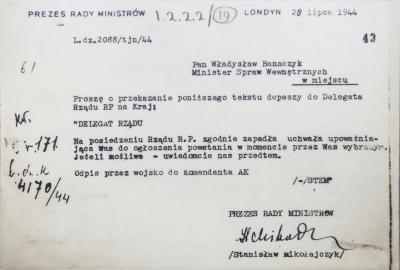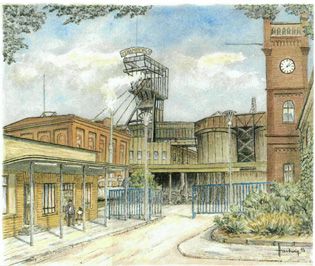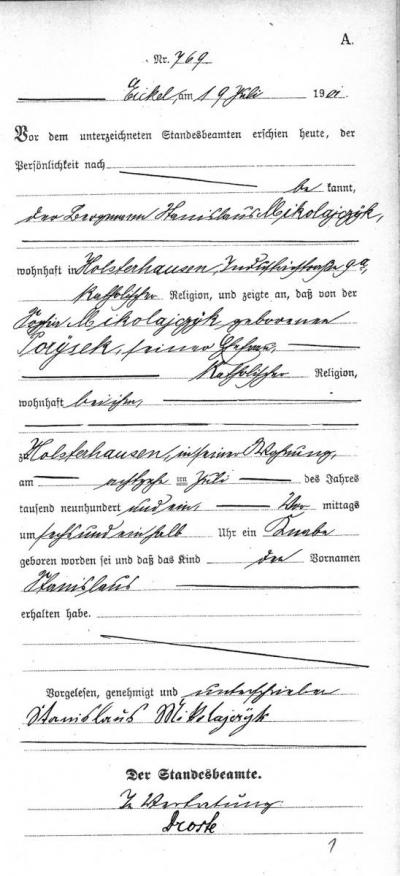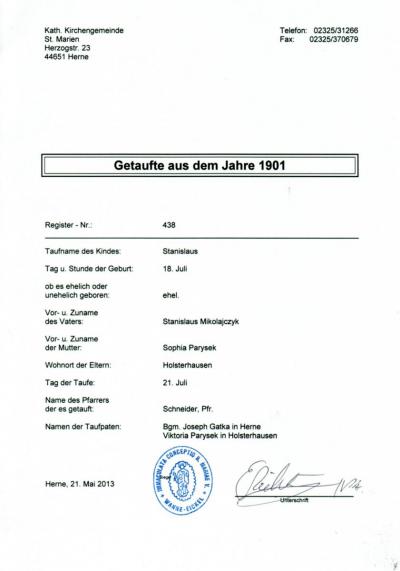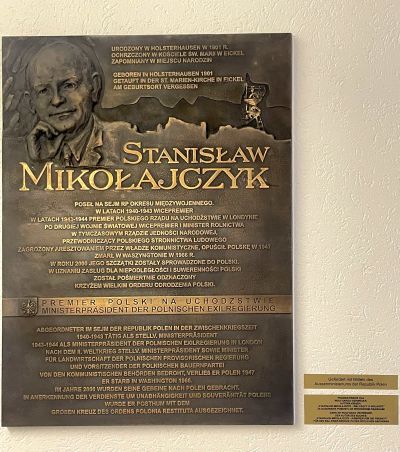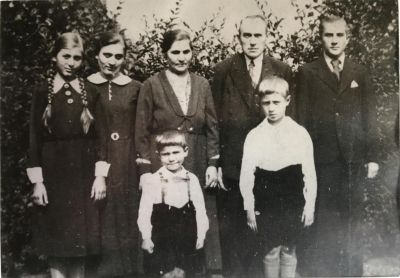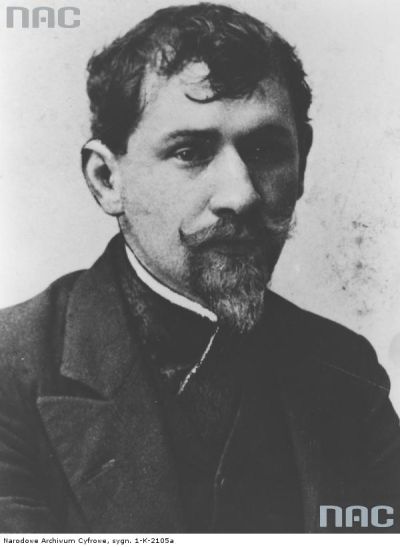Stanisław Mikołajczyk
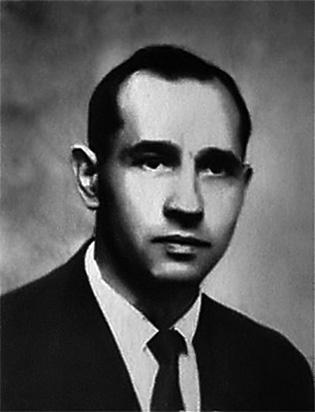
After advancing German troops discovered the mass graves of executed Polish officers in the Forest of Katyń near Smolensk in April 1943 General Sikorski requested the Red Cross in Switzerland to conduct an independent enquiry. Stalin used this request as an excuse to break off relationships with the Polish exile government on 25th April 1943. The exile government was now increasingly isolated because of the reticence of the Western allies to clarify who was guilty of the massacre. Their allies in Moscow were more important to them than the wishes of their allies in London.
After the death of General Sikorski on 14th July 1943 in a plane crash near Gibraltar, Mikołajczyk was named as his successor. At this point in time Stalin had already set up a “Polish Government” consisting of communists. His intention was to prepare it for playing a future role as a Soviet ally after the Red Army had liberated Poland. In July 1944 the Western powers tried to set up talks between Mikołajczyk and Stalin with the aim of getting them to agree on a coalition government of Polish exiles and communists. Stalin agreed to a coalition under Communist leadership and this was agreed to on 7th April 1944 by Mikołajczyk who had travelled with a delegation to Moscow.
On 24th November 1944 Mikołajczyk resigned from his office after realising that the military and political struggle of Polish exiles for a free Poland at the side of the Western powers had failed. On 16th June 1945 he travelled to Moscow where Stalin gave him a written pledge that the Red Army would move out of a sovereign Poland as soon as the situation allowed. Mikołajczyk became deputy Minister President and Minister of Agriculture in the provisional 19-seat government in Warsaw. On 5th July 1945 the victorious powers recognised the new government and broke off diplomatic relationships with the Polish exile government in London.
Mikołajczyk set up the Farmers Party once again and when they refused to enter a “block” with the Communists he and other members of the opposition were threatened with severe reprisals. The upshot was that he gave up his seat in the Sejm on the 8th October 1947. According to his memoirs he had also heard that he had already been condemned to death by a military tribunal. On 20th October 1947 he fled by rail from Warsaw via the province of Poznan and the Soviet occupation zone to the River Elbe from where he travelled north-west into the British zone. Here he was taken to London in a military aeroplane. The Polish exile government in London considered him to be a “traitor” because he had agreed to a coalition with the Communists and refused to recognise that to all extents and purposes Mikołajczyk had been following the same aim as they had.
Continuous hostile attitudes made it impossible for Mikołajczyk and his family to remain in London and so they left for the USA on board the “Queen Elizabeth” in mid August 1948. Once they arrived they moved into their own house in a district of Washington. Cecylia Mikołajczyk, who had survived the concentration camps in Majdanek, Auschwitz and Ravensbrück died in 1951 from the after-effects of her imprisonment. Their son Marian found a job in an American aircraft business. Stanisław Mikołajczyk was elected Chair of the International Farmers Union by emigrants from Poland and other Eastern countries. He died on 13th December 1966 in Washington. In June 2000 he was recognised as a victim of Stalin by the Polish government in Warsaw and rehabilitated. His mortal remains were then flown to Poland and laid to rest in Poznan.
Wolfgang Viehweger, February 2015
Addendum by the editors:
On 18 October 2015, a commemorative plaque for Stanisław Mikołajczyk donated by the Polish Ministry of Foreign Affairs was unveiled in the entrance to the parish hall of St Mary's Church in Eickel during a memorial service (see picture). In course of the ceremony, the grave of Prelate Josef Schneider, who had baptised Mikołajczyk in 1901, as well as the original baptismal font in St Mary's Church were visited in the presence of Wolfgang Viehweger, the author of this article, Consul General Jan Sobczak and the artist Jerzy Bokrzycki from Wrocław.
Further reading:
Gmitruk, Janusz: Stanisław Mikołajczyk: trudny powrót. Muzeum Historii Polskiego Ruchu Ludowego, Warszawa 2002
Paczkowski, Andrzej: Stanislaw Mikołajczyk, czyli kleska realisty. Warszawa 1991
Viehweger, Wolfgang: Stanislaw Mikolajczyk – Kämpfer für die Freiheit. Herne 2014
Mikołajczyk’s memoirs were serialised in Der Spiegel in 1948 http://www.spiegel.de/spiegel/print/d-44415220.html
Documents on Mikołajczyk can be found in the Hoover Institution Archives at Stanford University Search under: http://www.oac.cdlib.org/institutions/Hoover+Institution
